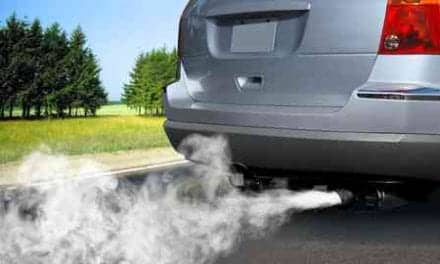04/02/07
A common asthma inhaler powered by a new propellant is safe and effective but could come at nearly triple the cost to consumers until a generic version hits the market, according to a review in the March 29, 2007 New England Journal of Medicine.
Conducted by two university professors and a director for the Food and Drug Administration, the review examines the consequences of switching to hydrofluoroalkane, which is replacing chlorofluorocarbon, or CFC, as a key ingredient in albuterol inhalers designed to relieve asthma. The FDA has ruled that US sales of CFC albuterol inhalers be prohibited after 2008.
About 52 million prescriptions are filled for albuterol each year in the United States, with most containing a generic version of CFC. But because of rising global concerns about CFC’s ozone-depleting effects, “medically essential” inhalers are finally joining a list of banned products that started in 1978.
The researchers say their analyses show that inhalers with CFC and the new brands that contain hydrofluoroalkane, or HFA, are equally effective at treating asthma.
Albuterol, one of the medicines that relieves asthma attacks, is the seventh most commonly prescribed drug in the United States. Because it’s so widely used, the report predicts Americans will spend an additional $1.2 billion a year on three patented inhaler brands containing the new propellant (Ventolin, ProAir, and Proventil) until generic versions reach pharmacies, probably after 2012. Patients who pay for their own medications will probably be hit hardest by new costs—paying on average $26 more per prescription, or $312 more per year—but people with prescription benefit plans will likely face higher co-pays as well, according to the review.
Additionally, while the new inhalers are just as effective as their traditional CFC counterparts, a few differences have been reported. One brand, for example, comes sealed in a protective pouch. After that pouch is opened, the drug carries a shelf life of just two months, while most inhalers can typically be stored for 15 to 24 months, Hendeles said.
Consumers will also notice that only the Ventolin brand of HFA inhaler comes with a counter to track how much medicine is left. For that reason, Hendeles suggests keeping a backup inhaler handy if physicians prescribe a device without a counter.
The review also reports that some HFA inhalers tend to clog more easily. To prevent clogging in HFA inhalers, Hendeles advised, patients should remove the devices’ metal canister once a week and clean the plastic actuators with warm water.









